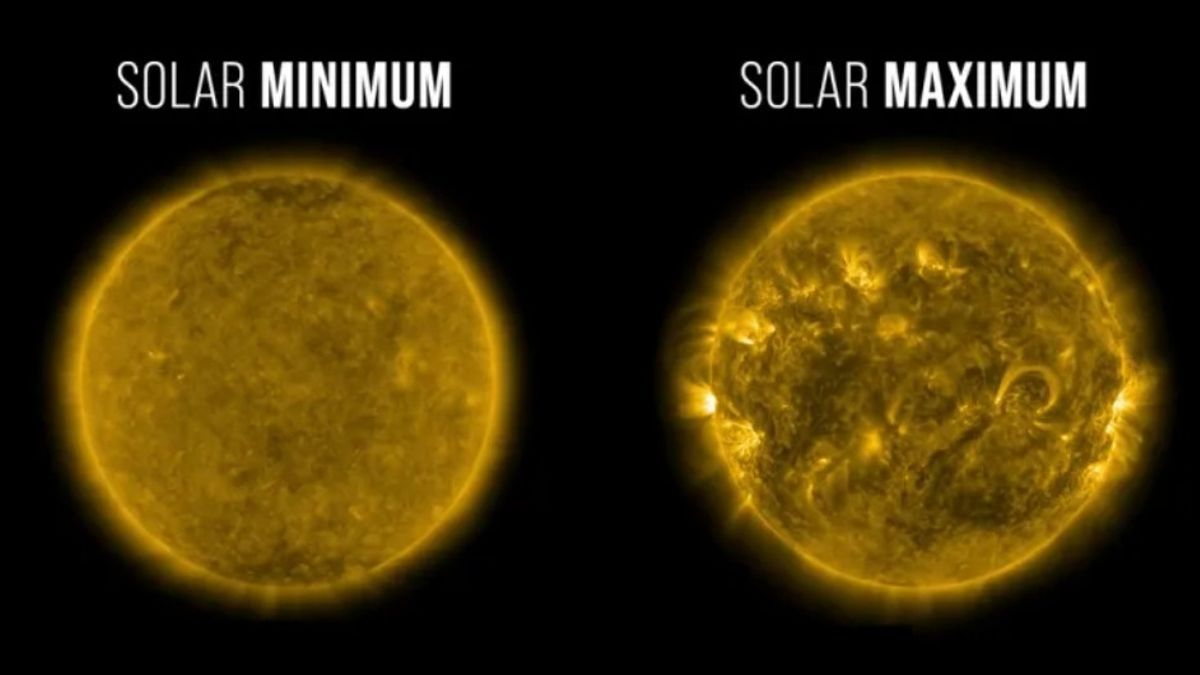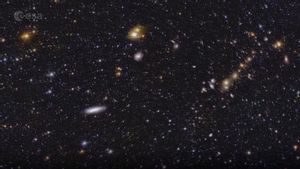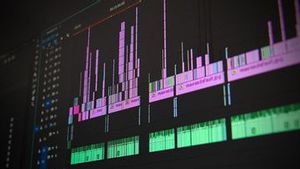JAKARTA The sun has passed its maximum cycle. On Tuesday, October 15, NASA revealed that the maximum period of the star at the center of this solar system will continue until next year.
Solar cycle is a transition process from low magnetic activity to high. The peak of this cycle usually occurs once every 11 years when the magnetic poles of the Sun change. When the transition occurs, the sun will be in an active and storm-filled state.
Together with the National Maritime and Atmospheric Administration (NOAA), NASA tracks sunspots to find out progress from the solar cycle. When the maximum diesel occurs, the number of sunspots and their number of activities will increase.
"This increased activity provides an exciting opportunity to study our closest stars but also has a real impact on Earth and across our solar system," said Jamie FAIRs, NASA's Space Weather Program Director.
SEE ALSO:
The adverse effects of maximal diesel are unstable, even extreme, space weather. Under the worst circumstances, this solar activity can damage satellites, communication systems, and navigation, as well as increase security risks for astronauts.
NASA explains that they cannot know the peak of the maximum solar period if solar activity has not decreased. However, in the last two years, the Sun has entered the active cycle phase due to its high and consistent number of spots.
Most likely, this maximum phase will last for the next year. If the number of sunspots has decreased, the Sun has returned to the minimum stage of the sun.
The English, Chinese, Japanese, Arabic, and French versions are automatically generated by the AI. So there may still be inaccuracies in translating, please always see Indonesian as our main language. (system supported by DigitalSiber.id)


















